Running is a popular and effective form of exercise, but it can sometimes lead to knee pain. Understanding the cause, prevention, and treatment of knee pain is crucial for runners to maintain a healthy and enjoyable activity. This article will provide insight into various factors that contribute to knee pain while running, as well as preventive measures and proper techniques to reduce its impact.
How to Manage Knee Pain While Running
Running is an excellent way to stay fit and maintain a healthy lifestyle. However, knee pain can sometimes occur and disrupt your running routine. Understanding the cause of your knee pain is essential for managing it effectively and preventing future issues. This guide will help you identify the possible causes of knee pain and provide suggestions on how to alleviate the discomfort while running.
1. Understand the cause of knee pain:
-
Muscle imbalances: Muscles around the knee joint may become weak or tight due to inadequate conditioning, leading to pain during running. Examples of muscle imbalances include weak quadriceps, tight hamstrings, or weak hip muscles.
-
Overuse: Engaging in excessive running, especially without proper rest and recovery, can lead to overuse injuries in the knee joint. These injuries may present as pain, inflammation, and tenderness in and around the knee.
-
Improper footwear: Wearing unsupportive or worn-out shoes can contribute to knee pain while running, as they may not provide adequate shock absorption or support to the foot and knee joint.
-
Poor running form: Running with incorrect form can place excess stress on the knee joint, leading to pain and discomfort. Examples of poor running form include overstriding, heel striking, or not engaging the core and hip muscles properly.
2. Take preventive measures:
-
Strength training: Incorporate strengthening exercises for the muscles surrounding the knee, such as squats, lunges, and leg presses. This can help improve muscle imbalances and provide better support to the knee joint.
-
Flexibility and mobility exercises: Include stretching and foam rolling in your routine to improve flexibility and reduce muscle tightness that can contribute to knee pain.
-
Proper rest and recovery: Avoid overtraining by allowing your body adequate time to rest and recover. Incorporate rest days and lower-intensity activities, such as brisk walking or swimming, into your routine.
3. Choose appropriate footwear:
-
Visit a specialized running store to find the proper shoes for your foot type and running style. Staff members can help analyze your gait and recommend supportive shoes that suit your specific needs.
-
Replace your running shoes regularly, ideally every 300-500 miles, or when you notice the cushioning and support starting to wear out.
4. Address your running form:
-
Consider consulting with a running coach or physical therapist to evaluate your running form and provide feedback on areas for improvement.
-
Implement running drills or exercises to improve your running mechanics, such as high knees, butt kicks, or strides.
5. Manage knee pain during runs:
-
Warm up properly before each run by engaging in dynamic stretches and light jogging.
-
Apply ice or a cold pack to the affected area for 15-20 minutes after running to reduce inflammation.
-
Consider using a knee brace or compression sleeve to provide additional support during your runs.
Understanding and addressing the causes of knee pain while running can help you manage discomfort and continue with your running routine. By implementing strength training, proper footwear, good running form, and other preventive measures, you can minimize knee pain and enjoy the many benefits of running.

Managing Knee Pain While Running: Preventive Measures
To avoid knee pain while running, follow these preventive measures that include proper warm-up, stretching, and strengthening exercises, as well as appropriate rest periods between runs.
- Warm-up: Begin with a proper warm-up to prepare your body for the physical activity ahead. A good warm-up includes 5-10 minutes of light aerobic activity, such as brisk walking or jogging, which increases blood flow to the muscles and helps to loosen up the joints.
- Dynamic stretching: Incorporate dynamic stretching exercises into your warm-up routine to further prepare your muscles and joints for running. Dynamic stretches involve moving your muscles through their full range of motion, as opposed to holding a static stretch. Examples include leg swings, hip circles, and high knees.
- Strengthening exercises: It’s important to build muscle strength, particularly in your legs, hips, and core, to help support your knees during running. Strengthening exercises such as lunges, squats, and single-leg deadlifts can help to build muscle and protect your knees from injury.
- Focus on form: Practicing proper running form can help to reduce your risk of knee pain. Make sure to maintain a slight forward lean, keep your feet landing below your hips, and avoid overstriding. This helps to evenly distribute your weight and reduce impact on your knee joints.
- Wear appropriate shoes: Invest in a pair of high-quality running shoes that provide adequate support and cushioning. Consider visiting a specialty running store to have a professional analyze your gait and recommend the right shoes for your needs.
- Cross-training: Mix up your workouts by incorporating cross-training activities that focus on low-impact exercises, such as swimming, cycling, or yoga. These activities can help to give your knees a break while still keeping you active and fit.
- Increase mileage gradually: Avoid increasing your weekly running mileage by no more than 10% per week. This will give your body time to adapt to the increased training load and reduce the risk of injury.
- Listen to your body: If you begin to feel knee pain while running, it’s important to listen to your body and ease off your training. This could mean taking a rest day, reducing your mileage, or choosing a different, low-impact activity.
- Proper rest and recovery: Give your body ample time to recover between workouts by scheduling rest days and incorporating activities like foam rolling and stretching into your routine. This will help to reduce muscle soreness, promote healing, and reduce stress on your knees.
By following these preventive measures, you can help to keep your knees healthy, reduce pain, and enjoy a successful and enjoyable running experience.

How to Manage Knee Pain While Running – Importance of Proper Running Shoes
Knee pain is a common issue among runners that can hinder performance and affect overall well-being. One of the key factors in knee pain management during running is choosing the right pair of running shoes. In this guide, we will explore the importance of proper running shoes for knee pain, how to choose the best pair, and when to replace worn-out shoes.
Importance of Proper Running Shoes:
-
Support and Cushioning: Running exerts pressure on your knees, and proper running shoes can help absorb and distribute this force evenly. Shoes with adequate support and cushioning can minimize knee pain by reducing stress on the joints and preventing injuries.
-
Correcting Pronation: Pronation is the inward rolling of your foot as it hits the ground while running. Overpronation (excessive inward rolling) or underpronation (insufficient inward rolling) can contribute to knee pain. Proper running shoes can help correct your pronation, preventing misalignment and reducing knee pain.
-
Comfort and Fit: Uncomfortable shoes can affect your running form, potentially aggravating knee pain. Proper running shoes should be comfortable, with an appropriate fit that provides adequate support to your feet without constriction.
How to Choose the Right Pair:
-
Know Your Foot Type: Determine if you have flat feet, high arches, or normal arches. You can check this by wetting your foot and stepping on a paper towel or dry surface. Flat feet usually require a shoe providing motion control, high arches necessitate cushioning shoes, and normal arches benefit from stability shoes.
-
Measure Your Feet: Get your feet professionally measured for length and width to ensure your shoes fit comfortably. Feet often change sizes and width throughout life, so do this each time you buy a new pair of running shoes.
-
Test for Shoe Stability: Press on the top of the shoe to ensure sturdiness and check if the shoe bends easily at the ball of the foot. It should not be overly flexible, but not too rigid either.
-
Shop Later in the Day: Feet may swell during the day, so it’s best to buy shoes in the afternoon or evening. Make sure to wear the same type of socks you use for running when trying on shoes.
-
Consult a Specialist: If you’re unsure about the right shoe for you, consult a podiatrist, sports doctor, or a knowledgeable salesperson at a specialty running store.
When to Replace Worn-Out Shoes:
-
Mileage: As a general rule, running shoes lose their support and cushioning after 300-500 miles of use. Track your running mileage to ensure timely replacement.
-
Check the Outer Sole: Excessive wear on the outer sole, especially on your usual striking area, is an indication that your shoes may need replacing.
-
Monitor Comfort Level: If your shoes start feeling less comfortable or supportive during runs, it may be time to replace them, even if they haven’t reached the mileage limit.
-
Examine the Midsole: Press your thumb into the midsole (the cushioned layer between the outer sole and the upper part of the shoe). If it feels hard or compressed, it’s likely that the cushioning and support have deteriorated and it’s time for a new pair.

How to Manage Knee Pain While Running: Improve Your Form and Technique
Knee pain can significantly hinder your running progress and make the activity less enjoyable. To manage and prevent knee pain while running, it is essential to learn and practice proper running form and technique. This guide will teach you about proper foot strike, cadence, and stride so you can run more efficiently and minimize the impact on your knees.
1. Foot Strike:
The way your foot lands on the ground while running has a considerable impact on stress transmission to your knees. There are three types of foot strike: heel, midfoot, and forefoot.
- Heel Strike: This is when your heel contacts the ground first. It can cause high impact forces and possibly lead to knee pain. To avoid this, try to land more on your midfoot.
- Midfoot Strike: This type of strike is when your midfoot or the balls of your feet contact the ground first. It reduces impact forces and is generally recommended for most runners.
- Forefoot Strike: In this strike, the front of your foot lands first, followed by the heel. It is more energy-intensive but may be suitable for sprinting or short distance running.
To improve your foot strike, practice landing softly with a bent knee rather than overextending your leg. This will help absorb the impact on your knees.
2. Cadence:
Cadence refers to the number of steps you take per minute while running. A higher cadence can help reduce the stress on your knees, making your run feel more comfortable. Try to aim for a cadence of about 170-180 steps per minute. To achieve this:
- Use a metronome or music with the appropriate beats per minute (BPM) to guide your pace.
- Focus on taking quick, light steps without overstriding.
- Practice at a slow, comfortable pace initially and gradually increase your speed while maintaining your ideal cadence.
3. Stride:
Overstriding (taking too long steps) is a common mistake made by runners, leading to higher impact forces on the knees. To correct your stride, follow these tips:
- Keep your foot strike closer to your body’s center of gravity, avoiding reaching out too far with each step.
- Engage your core and maintain an upright posture, with a slight forward lean from your ankles.
- Allow your hips to open up, driving your knees upward, and use your glutes to push off from the ground.
- Aim for a relaxed and natural arm swing, with elbows bent at a 90-degree angle, moving forward and backward, not side to side.
4. Strengthen and Stretch Key Muscles:
Incorporate exercises to strengthen and stretch the muscles that support your knees, such as your quadriceps, hamstrings, glutes, and calf muscles. This will ensure that your legs can absorb impact forces and reduce the strain on your knees.
5. Warm-Up and Cool Down:
Before running, warm up with dynamic exercises like leg swings, lunges, and high knees to improve blood flow and prepare your muscles for the activity. After your run, cool down with gentle static stretches targeting your calves, hamstrings, quadriceps, and hips to help prevent stiffness and injury.
Managing knee pain while running comes down to practicing proper form, technique, and taking care of your body. Focus on improving your foot strike, cadence, stride, and incorporating strength and flexibility exercises into your routine. Keep in mind that proper warm-ups and cool-downs are also essential for preventing injuries. With time and consistency, these practices will help you manage knee pain and make your running experience more enjoyable.

Exercises to Manage Knee Pain While Running
Before starting any strength training or muscle balancing exercises, it is essential to properly warm up your muscles. Start by performing a 5-10 minute cardiovascular warm-up, such as jogging, jumping jacks, or high knees.
Understand that muscle imbalances can lead to knee pain while running. Common imbalances include weak quadriceps, tight hamstrings, or weak gluteus muscles. Consult with a professional trainer or physical therapist to identify your specific muscle imbalances.
Strong quadriceps are essential for supporting the knee joint and preventing knee pain. Some effective quadricep exercises for runners include:
- Squats: Stand with your feet shoulder-width apart, and squat down while keeping your chest up and knees behind your toes. Repeat 3 sets of 15 repetitions.
- Lunges: Stand with one foot in front of the other and lower your back knee towards the ground with your front knee at a 90-degree angle. Push back up to the starting position and switch legs. Repeat 3 sets of 10 repetitions on each leg.
Tight hamstrings can contribute to knee pain while running. Perform hamstring stretches to improve flexibility and help prevent knee pain:
- Standing hamstring stretch: Stand with your feet shoulder-width apart, then reach for your toes while keeping your legs straight. Hold the stretch for 20-30 seconds and repeat 3 times.
- Seated hamstring stretch: Sit on the ground with one leg straight in front of you and the other leg bent at the knee. Reach toward the toes of your straightened leg and hold the stretch for 20-30 seconds. Repeat 3 times on each leg.
Weak gluteus muscles can cause improper running mechanics and contribute to knee pain. Strengthen your gluteus muscles with the following exercises:
- Glute bridges: Lie on your back with your knees bent and feet flat on the floor. Push through your heels and lift your hips off the ground, forming a straight line from your knees to your shoulders. Lower your hips back down and repeat for 3 sets of 15 repetitions.
- Side-lying leg raises: Lie on your side with your legs straight and stacked on top of each other. Lift your top leg straight up towards the sky, then lower it back down slowly to its starting position. Repeat for 3 sets of 15 repetitions on each leg.
Use a foam roller or tennis ball to target tight muscles and fascia, commonly found in the lower legs and IT band (iliotibial band). Foam rolling can help reduce muscle tightness and prevent knee pain while running.
After each strength training session, make sure to cool down and stretch for at least 5-10 minutes to help prevent injury and maintain flexibility.
Aim to perform these exercises at least two to three times per week to help reduce knee pain while running.
By regularly incorporating strength training exercises and focusing on muscle balancing, you can effectively manage knee pain while running and improve your overall running performance. Always consult with a healthcare professional before starting any new exercise program or making significant changes to your existing routine, especially if you have any underlying health conditions or concerns.
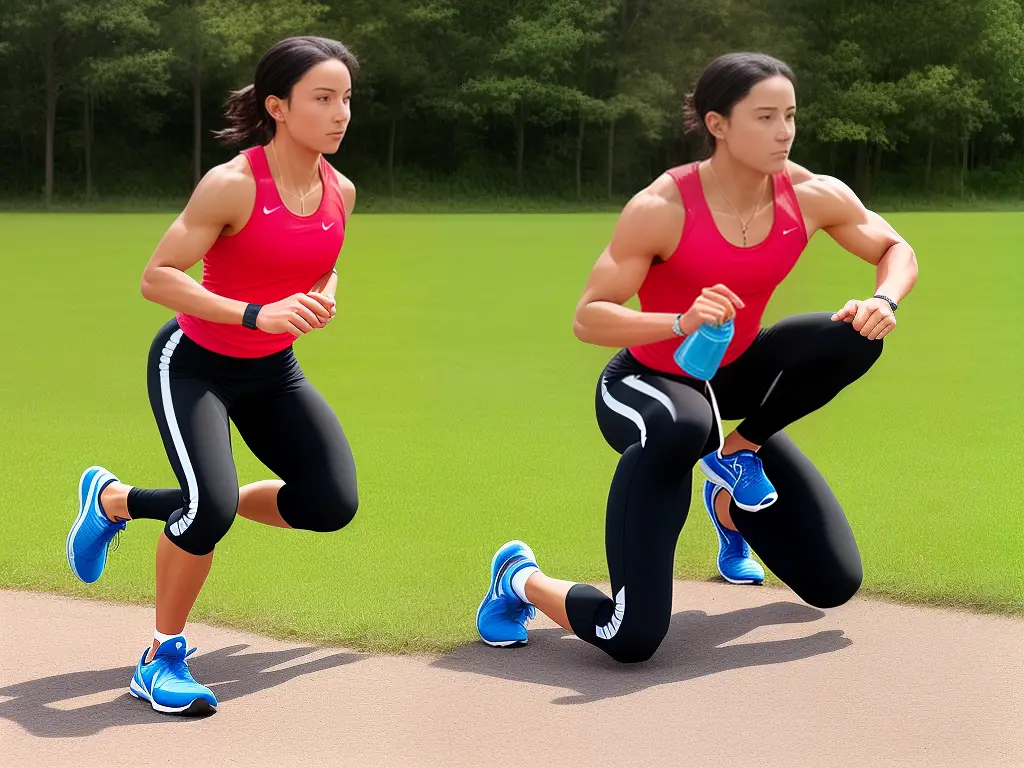
How to Manage Knee Pain While Running: Incorporating Cross-Training Activities
Running is an excellent form of exercise, but it can sometimes lead to knee pain due to the repetitive impact on the joints. Incorporating cross-training activities can help alleviate this pain by strengthening the surrounding muscles, improving flexibility, and reducing the overall strain on your knees. The following are some cross-training activities, such as swimming, cycling, and yoga that can not only reduce knee pain but also contribute to a comprehensive fitness program.
1. Swimming
Swimming is a low-impact aerobic exercise that can greatly reduce strain on your knees while still providing an effective cardiovascular workout. Here’s how to incorporate swimming into your routine:
- Find a local pool or fitness center that offers swimming facilities and lessons if needed.
- Start by swimming twice a week for 20-30 minutes each session, gradually increasing the duration and frequency as you become more comfortable and proficient.
- Focus on using proper swimming techniques to reduce the risk of injury and ensure that you are effectively working your muscles. You can even explore various swimming strokes such as freestyle, breaststroke, and backstroke to target different muscle groups.
2. Cycling
Cycling is another excellent low-impact alternative to running that can help strengthen the muscles around your knees and improve joint stability. Follow these steps to incorporate cycling into your training program:
- Choose a road or stationary bike suitable for your height and leg length.
- Begin with cycling sessions of 20-30 minutes, two or three times per week. Gradually increase the duration and intensity of your rides as your fitness improves.
- Focus on maintaining a steady cadence throughout your ride to ensure a smooth, even pedal stroke, and avoid placing excessive strain on your knees.
- Incorporate interval training or hill training to challenge your muscles and add variety to your cycling sessions, which can also benefit your running performance.
3. Yoga
Yoga is an excellent way to improve overall flexibility, balance, and strength, which can alleviate knee pain and prevent future injuries. Here’s how to get started with yoga:
- Find a local yoga studio or online resource that offers beginner-friendly classes or instructional videos.
- Aim to practice yoga 2-3 times per week, incorporating various poses that target the muscles around your knees, such as the Warrior series, lunges, and squats.
- Focus on proper alignment and technique as you perform each pose, paying attention to your breath and the sensations in your body.
- Incorporate more advanced poses and sequences as your flexibility and strength improve, ensuring that you continue to challenge your body and progress in your practice.
By incorporating swimming, cycling, and yoga into your running routine, you can effectively manage knee pain and promote a well-rounded fitness program. These cross-training activities will not only alleviate the strain on your knees but also enhance your overall athleticism, flexibility, and strength. As you explore these activities, remember to listen to your body and make adjustments as necessary to maintain optimal health and avoid injury.

Treating Existing Knee Pain While Running
If you’re experiencing knee pain while running, stop immediately and give your knee some rest. Avoid any high-impact activities like running, jumping, or squatting until the pain subsides.
Apply ice to reduce swelling and inflammation for 20 minutes, several times a day. Elevate your affected leg on a pillow or cushion while resting and wear a knee sleeve or compression bandage for support. Take over-the-counter pain relievers like ibuprofen or naproxen if needed, but follow recommended dosages.
Consult with a healthcare professional to evaluate your condition, provide a proper diagnosis, and offer physical therapy or other treatment options if knee pain persists.
When returning to running, warm-up with light jog or brisk walk for 5-10 minutes and include dynamic stretching exercises for your hips, quadriceps, hamstrings, and calves. Incorporate exercises to strengthen your hip, thigh, and calf muscles into your workout routine to better support your knee joint and reduce the risk of injury or pain.
Try running on softer surfaces like grass, dirt trails, or a rubberized track to help lessen the impact on your joints compared to pavement or concrete. Improve your running form by landing softly on your midfoot or forefoot, keeping your knees aligned with your feet, and maintaining a slight bend in your knees.
Gradually return to running by starting with shorter distances and slower paces, increasing your weekly mileage by no more than 10% from the previous week. Remember to always listen to your body and not push through severe pain, as rest and recovery play essential roles in maintaining the long-term health of your joints.

Signs that Indicate You Need to See a Doctor for Knee Pain
If your knee pain is not improving after a few days of rest, ice, and over-the-counter pain medications, it might be time to see a doctor. Persistent pain that doesn’t improve could signal a more serious issue that requires professional intervention.
Some swelling and inflammation are common after a minor injury. However, if the swelling doesn’t subside after a couple of days or is severe, it’s a good idea to consult a doctor.
If your knee pain is accompanied by stiffness, and you’re unable to bend or straighten your knee as you normally would, consult a healthcare professional.
If your knee feels unstable, like it might give way or buckle when you put weight on it, this can indicate a ligament injury or other knee issue that requires medical attention.
Although some noises are normal during movement, if you’re experiencing loud popping or crunching sounds accompanied by pain in your knee, see a doctor to rule out damage to your cartilage or other structures within the knee.
If you have an open wound around your knee, or if the skin over your knee becomes red, hot, and swollen, these could be signs of an infection. Contact your doctor immediately, as infections require prompt treatment.
If you are unable to put any weight on the affected knee or find it very difficult to walk, it might indicate a more severe injury, such as a fracture, and you should seek medical attention.
If your knee appears abnormally shaped or dislocated, you should visit a healthcare professional for proper evaluation and treatment.
If you have a history of previous knee surgery or have experienced a knee injury in the past, it’s essential to consult with a doctor if any new pain or discomfort arises.
If your knee pain is severe enough to affect your overall quality of life or interferes with your daily activities and work, ensure to discuss your symptoms with a healthcare professional.
In summary, if your knee pain is persistent, severe, or accompanied by any of the signs mentioned above, it’s essential to see a doctor to have the cause of your pain properly diagnosed and treated. By seeking professional help, you can potentially prevent further damage or injury to your knee and ensure a safe return to running and other activities.

Being aware of the different factors that may contribute to knee pain while running is the first step towards managing and preventing it. By incorporating preventative measures, choosing the right running shoes, maintaining proper running form, and engaging in strength training and cross-training, runners can keep their knees healthy and pain-free. Always remember to listen to your body and consult a healthcare professional if symptoms worsene or persist.
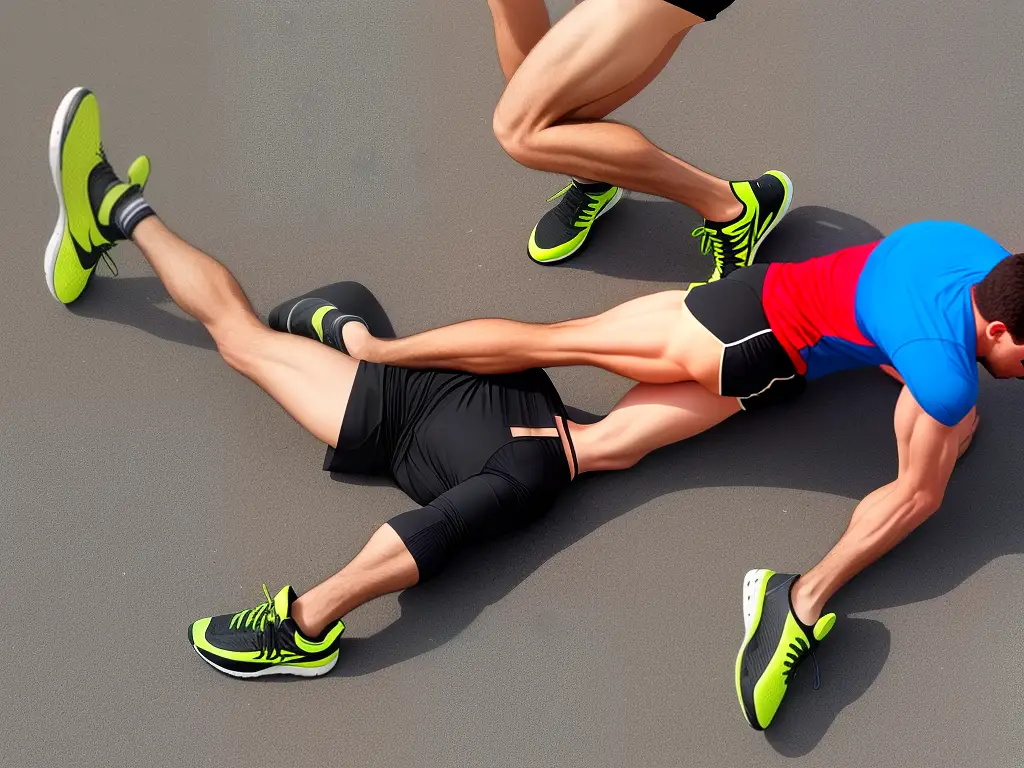





























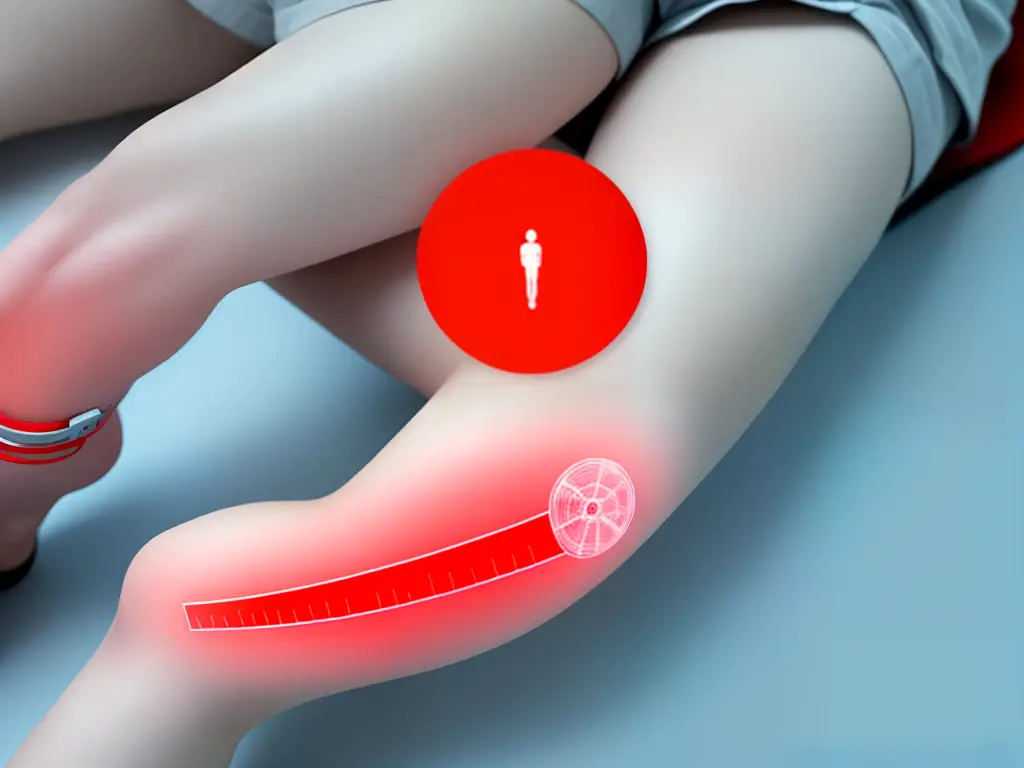













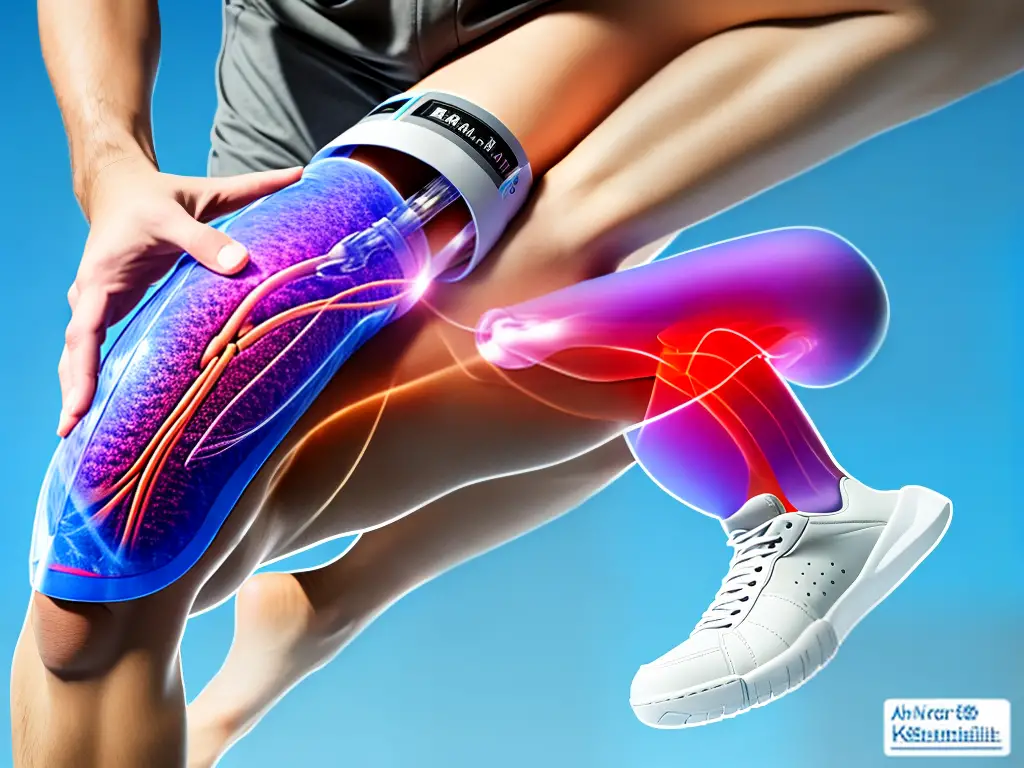










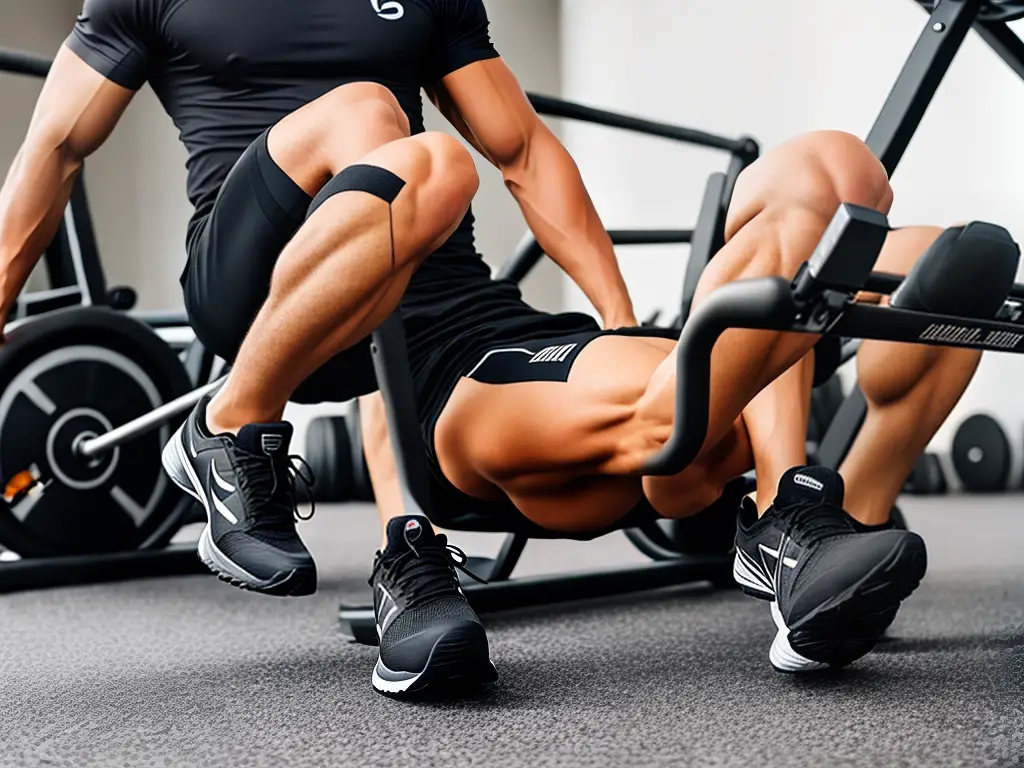











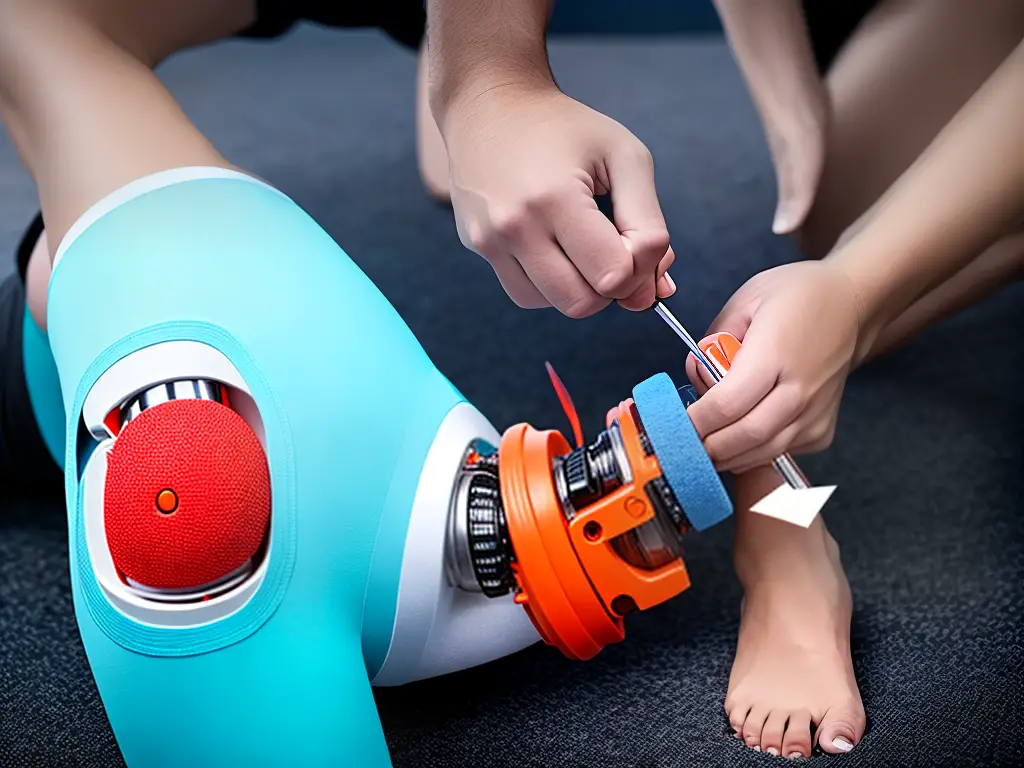

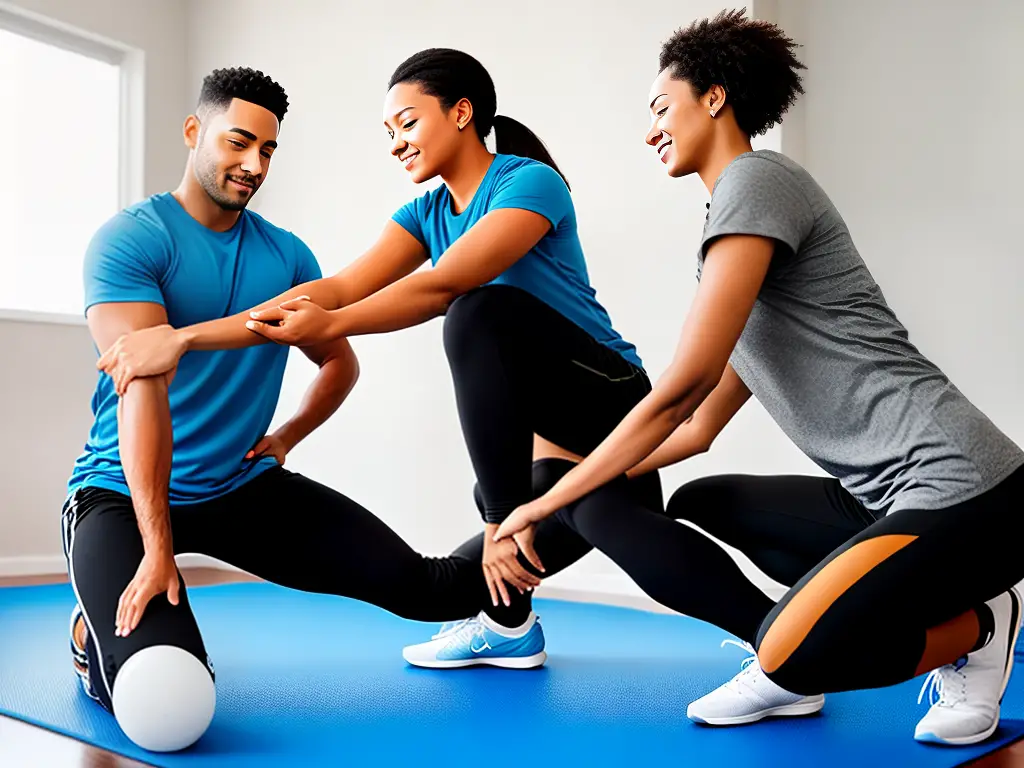








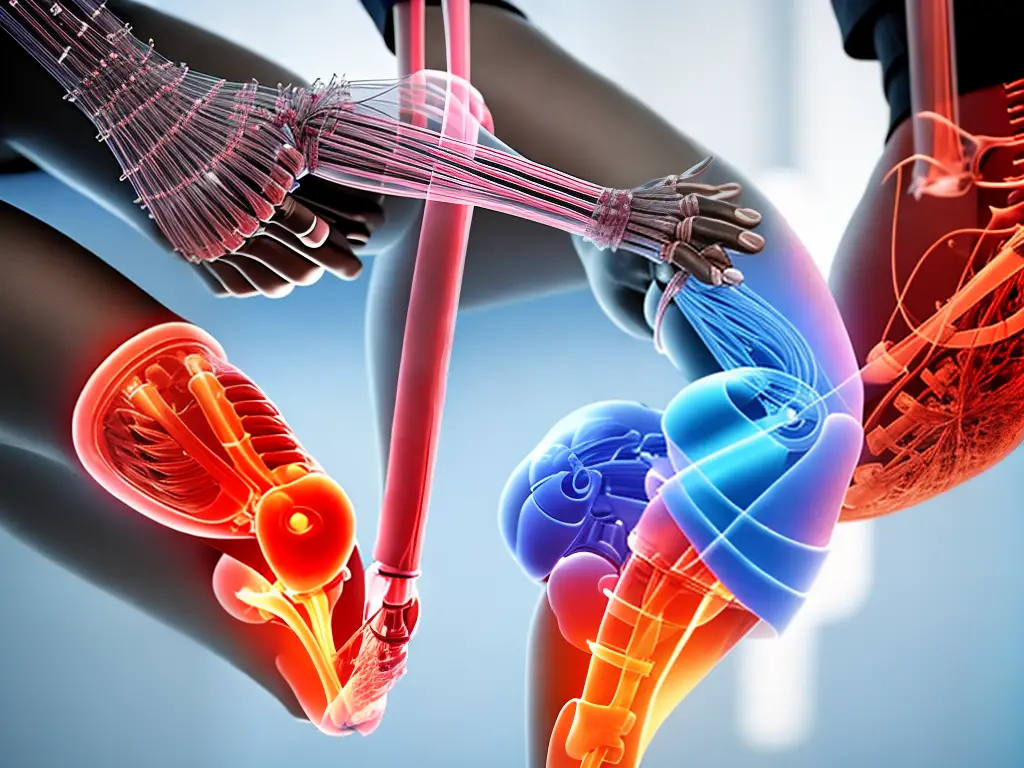

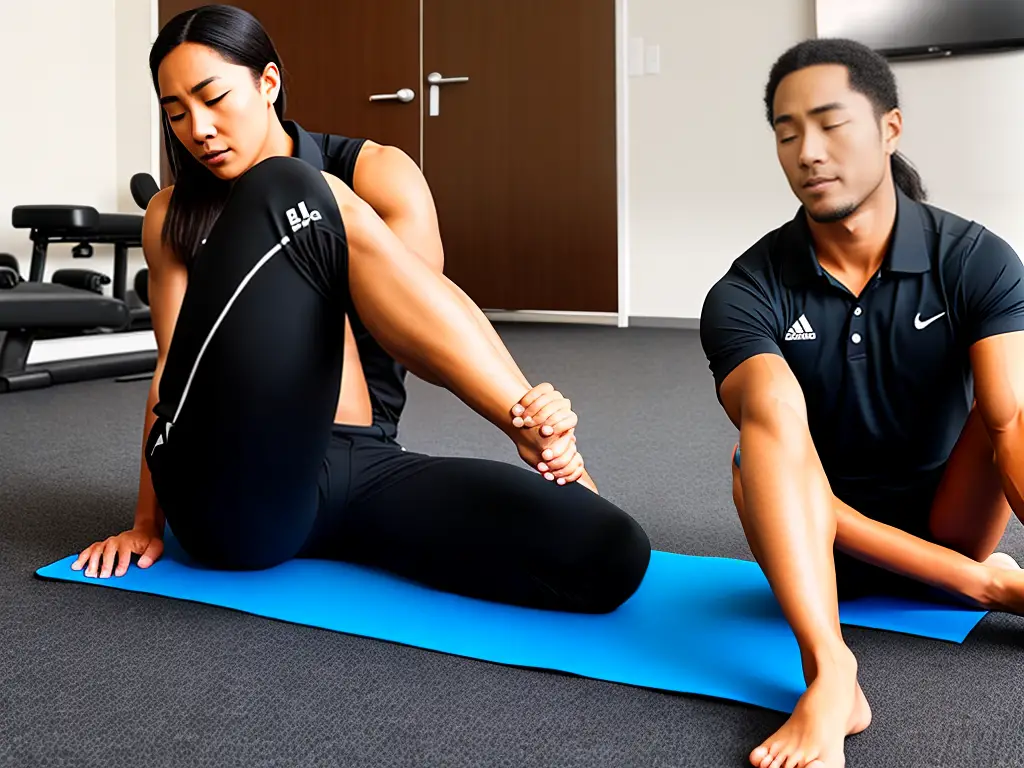
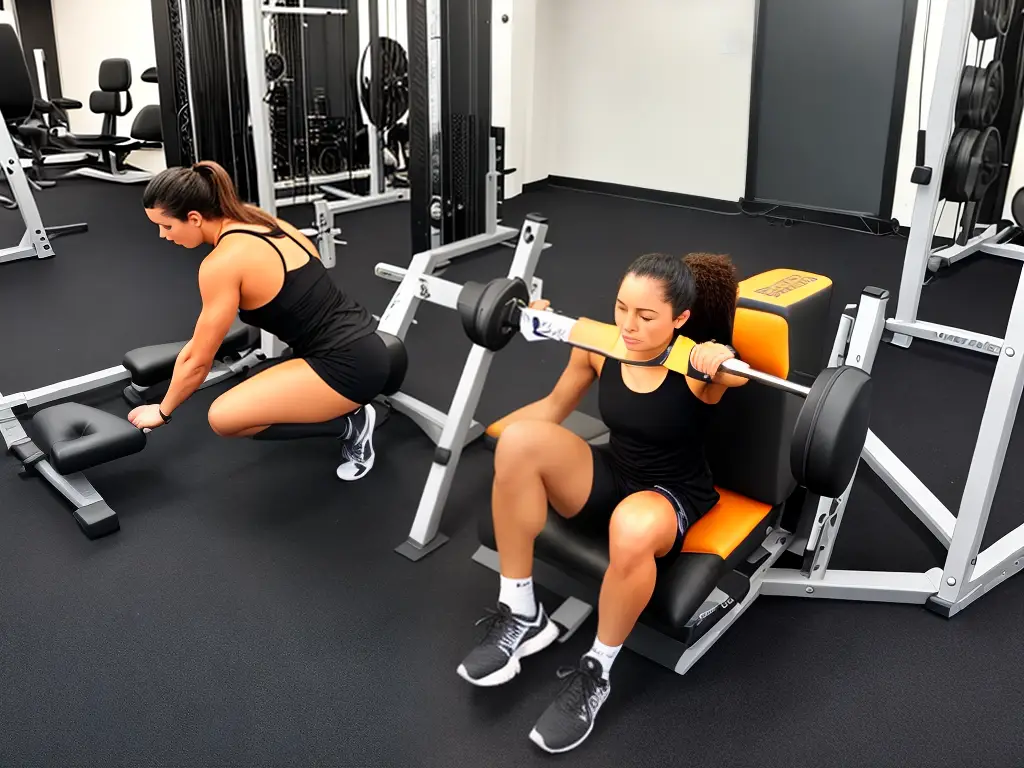
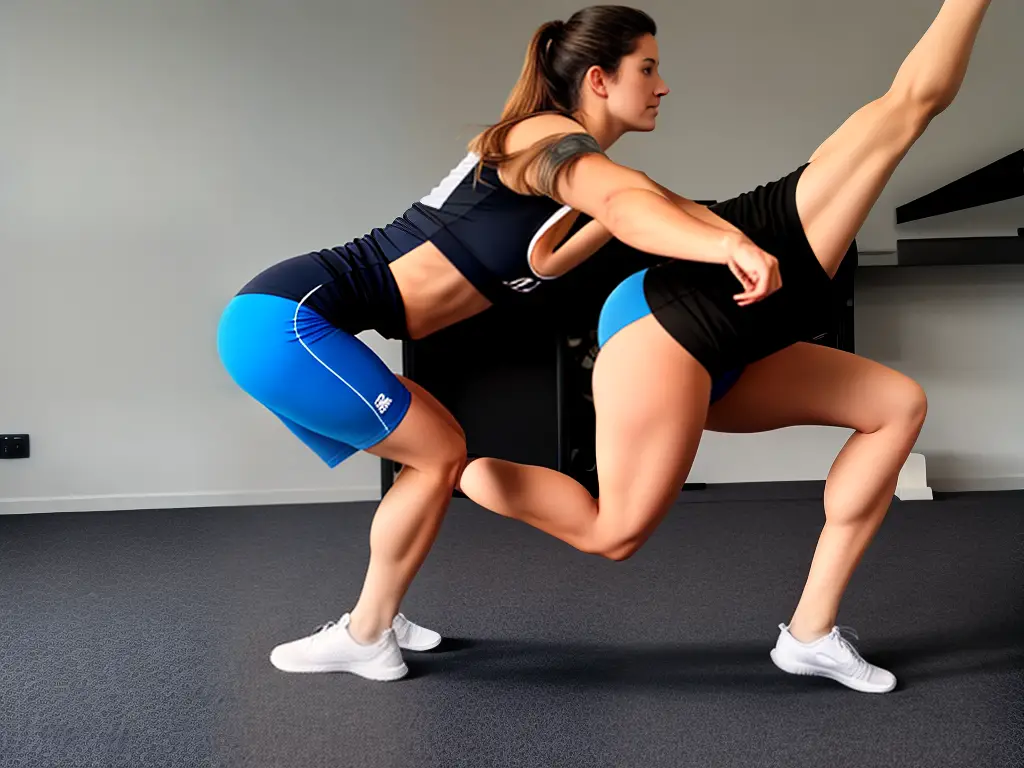
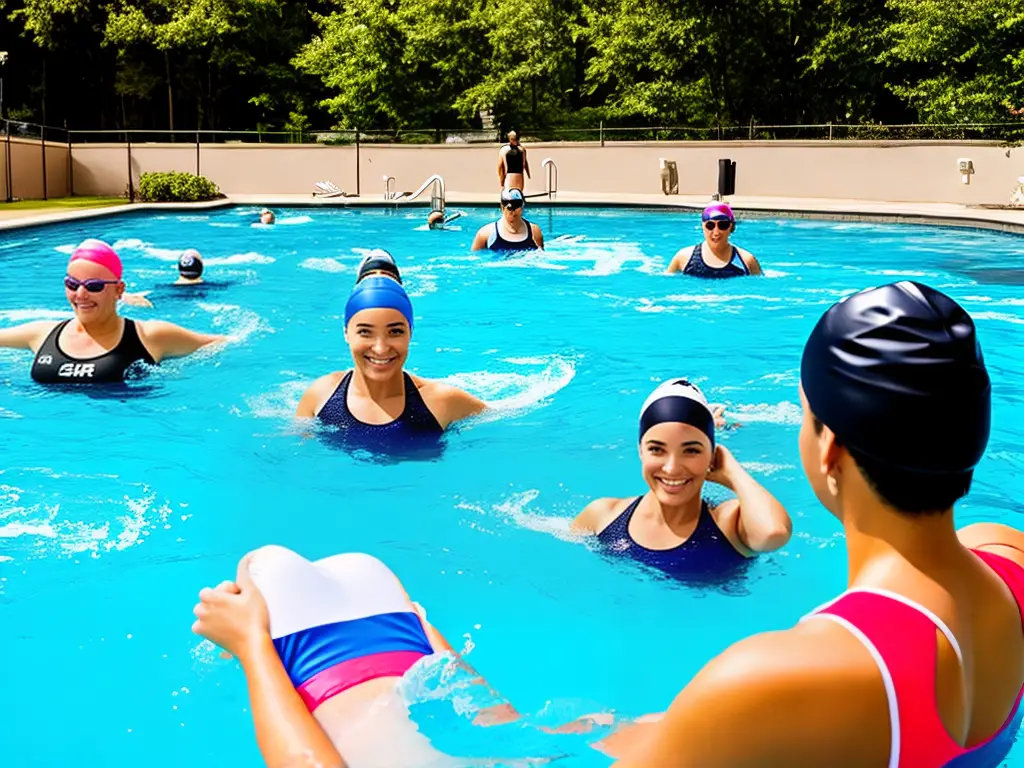
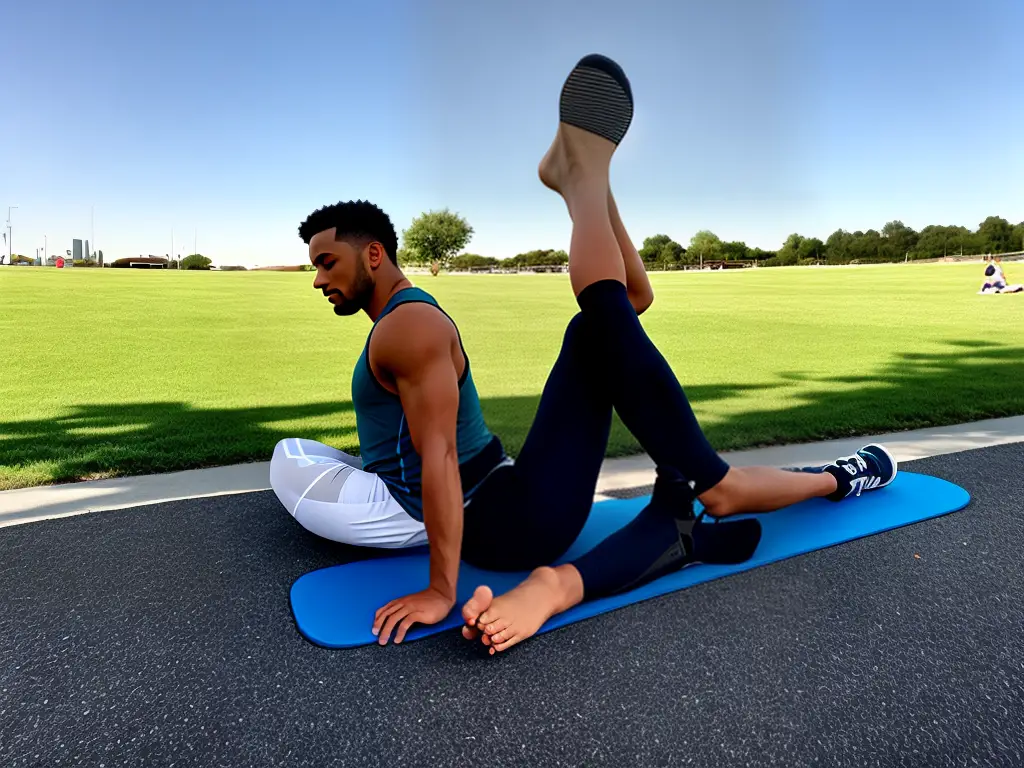
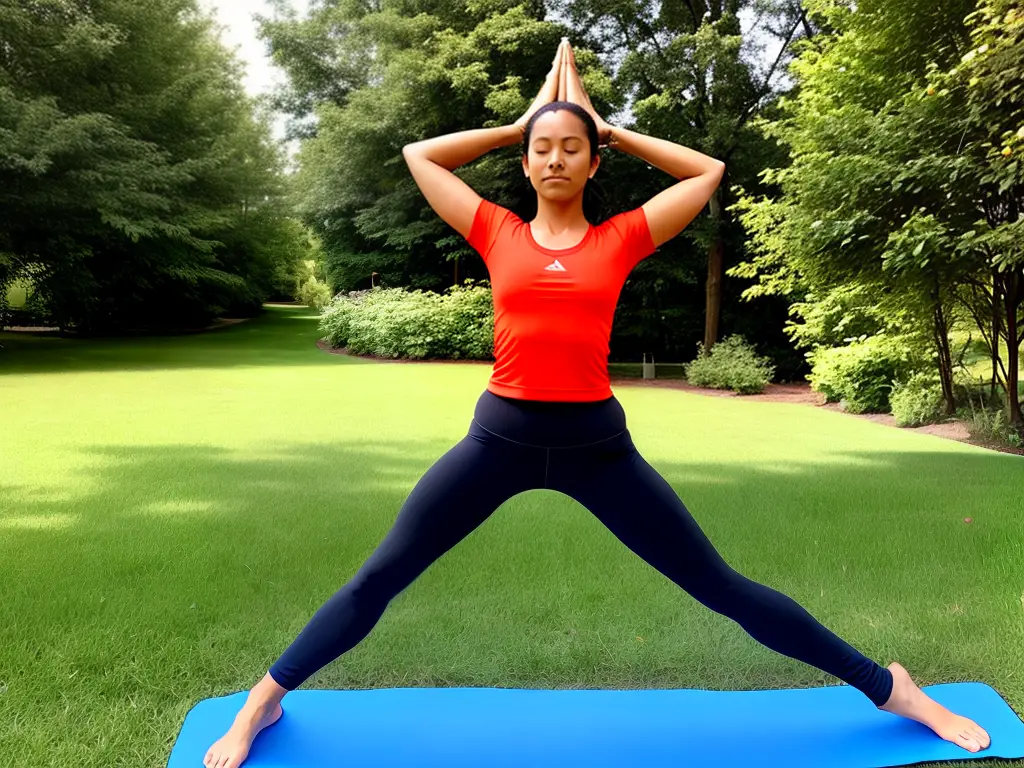


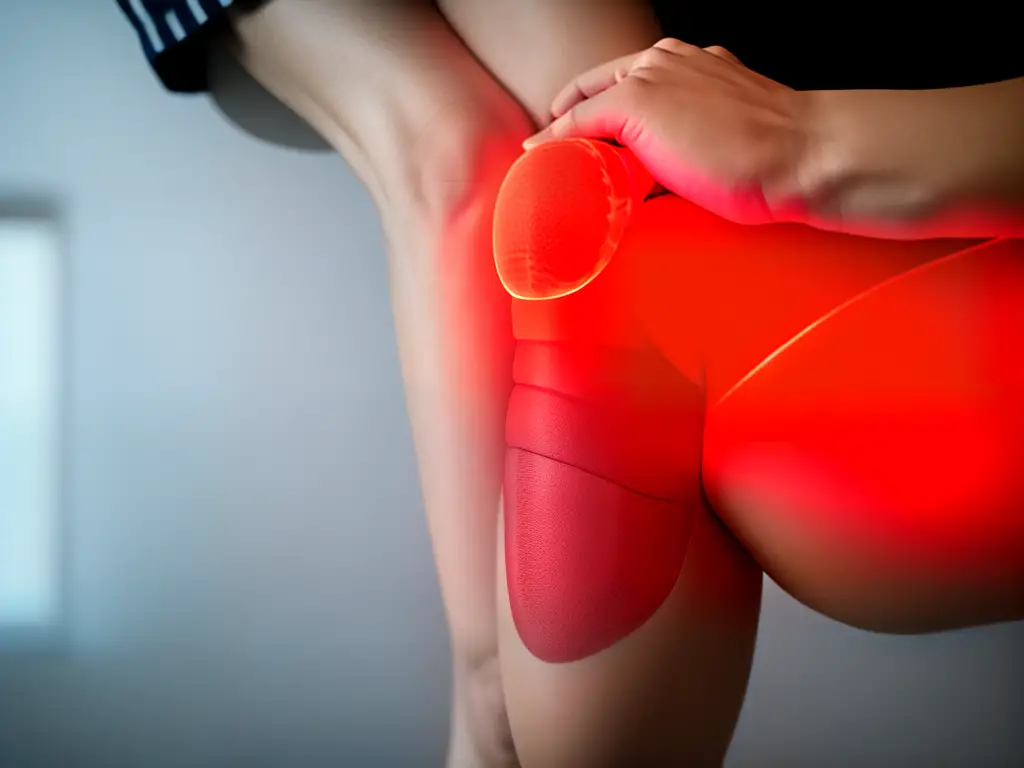


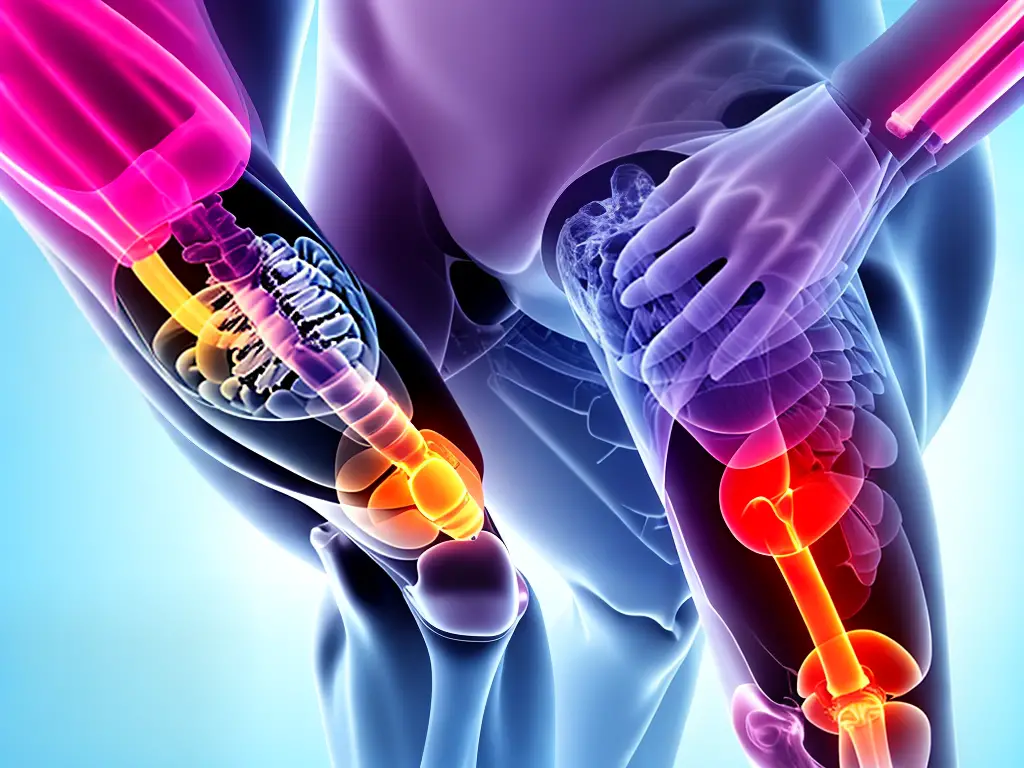
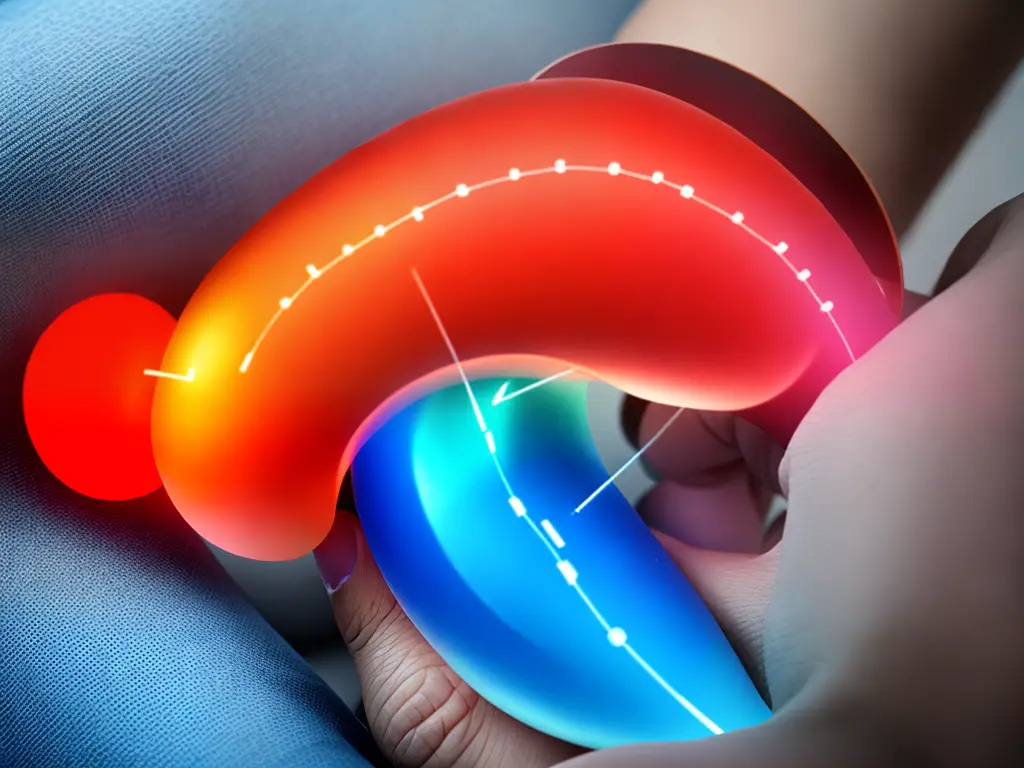






 The knee is one of the most complex structures in the human body, so it’s no surprise that things sometimes go wrong with it. If you’ve been experiencing pain behind the knee, there are a variety of possible causes. Here is some basic information you can use when you speak to your doctor. Since knee pain can sometimes be a sign of a serious condition, it’s important that you get it checked out by a skilled medical professional.
The knee is one of the most complex structures in the human body, so it’s no surprise that things sometimes go wrong with it. If you’ve been experiencing pain behind the knee, there are a variety of possible causes. Here is some basic information you can use when you speak to your doctor. Since knee pain can sometimes be a sign of a serious condition, it’s important that you get it checked out by a skilled medical professional.



